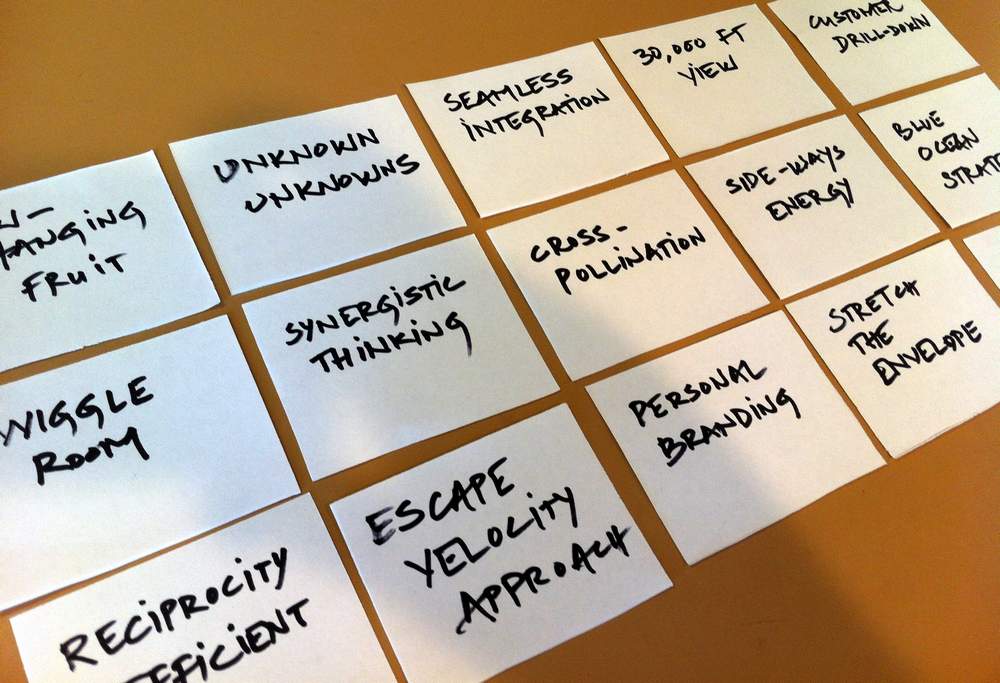Micromanagement—any unnecessary meddling in someone else’s responsibilities, decision-making, and span of authority—is one of the most common gripes that employees have about their managers. No manager’s participation, influence, and authority should chip value away from an employee’s work.
Nobody Likes a Meddling Boss
There’s a thin line between appropriate questioning and micromanaging. What characterizes micromanaging is not whether a manager is questioning the minutiae, but whether the fine points are significant enough to be probed into and to what end the manager is probing.
For instance, is a manager making a point of a certain inconsistent operating expense, or is the manager examining bookkeeping details that may help bring to light a bigger-level problem such as a defective accounting system? Asking questions doesn’t in and of itself signify micromanaging, as long as those questions lead to insights of some substance.
If a manager hones into some trivial detail and challenges it with an intention of establishing an employee’s error, it’s reasonable to assume that the manager is micromanaging.
When micromanaging happens in the area of the manager’s expertise, his nitpicking is usually provoked by an egotistical need to emphasize his knowledge or experience on the subject, especially if the manager is insisting on his pet course of action.
Idea for Impact: When tactically applied, micromanaging can be a powerful tool to get the right things done
The ability to pose broad, open-ended questions (try the Socratic Method) and help an employee uncover crucial details—and to do this without creating the perception of micromanaging—is a particularly valuable managerial skill.
The smartest managers I know of do away with as many unnecessary reports, reviews, and approvals as possible. They ask the right questions about the right subjects in the right tone to help refocus an employee’s attention while deferring to the employee’s decision-making prerogative. They don’t delve into the fine points of everything—they selectively micromanage only if they must.
.jpg)
.jpg)
.jpg)

.jpg)
.jpg)
.jpg)